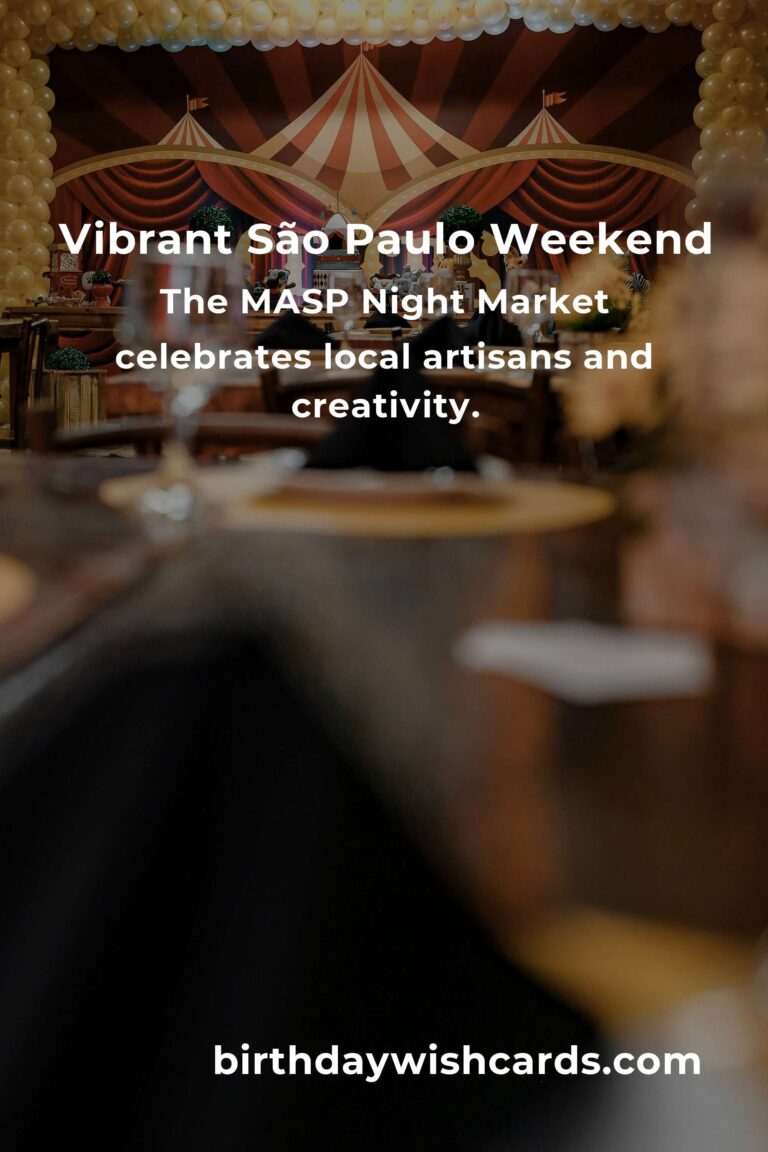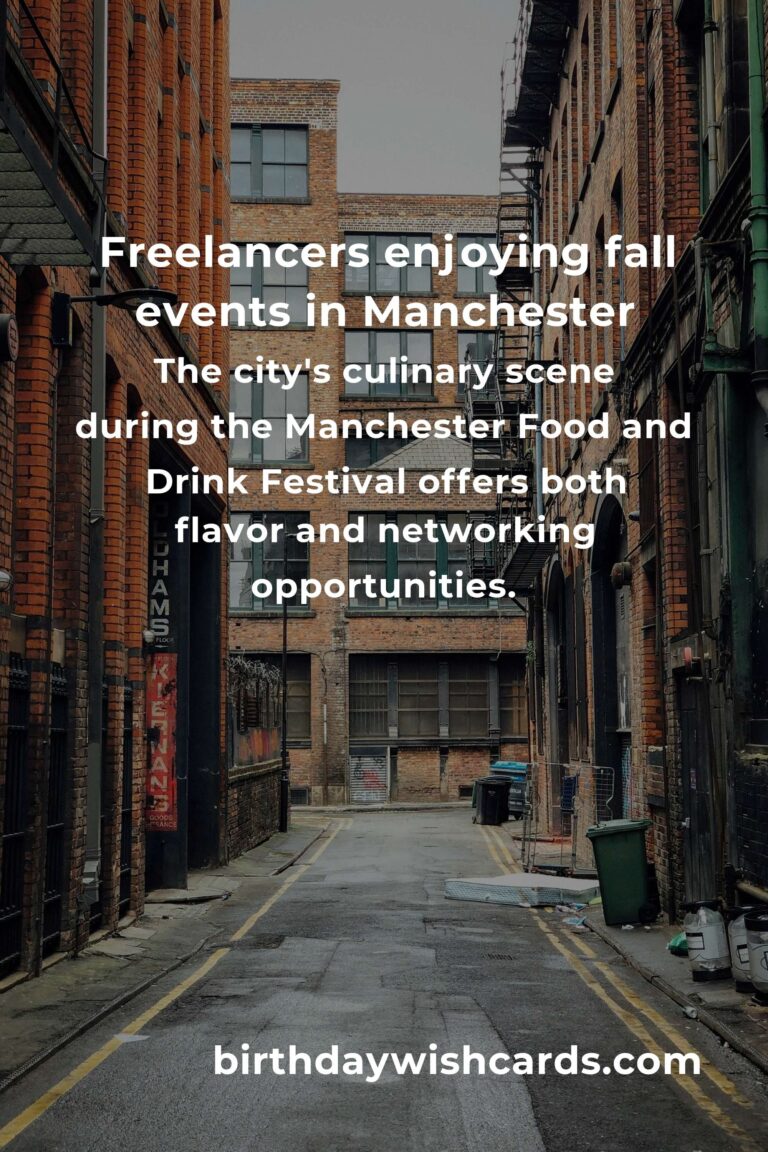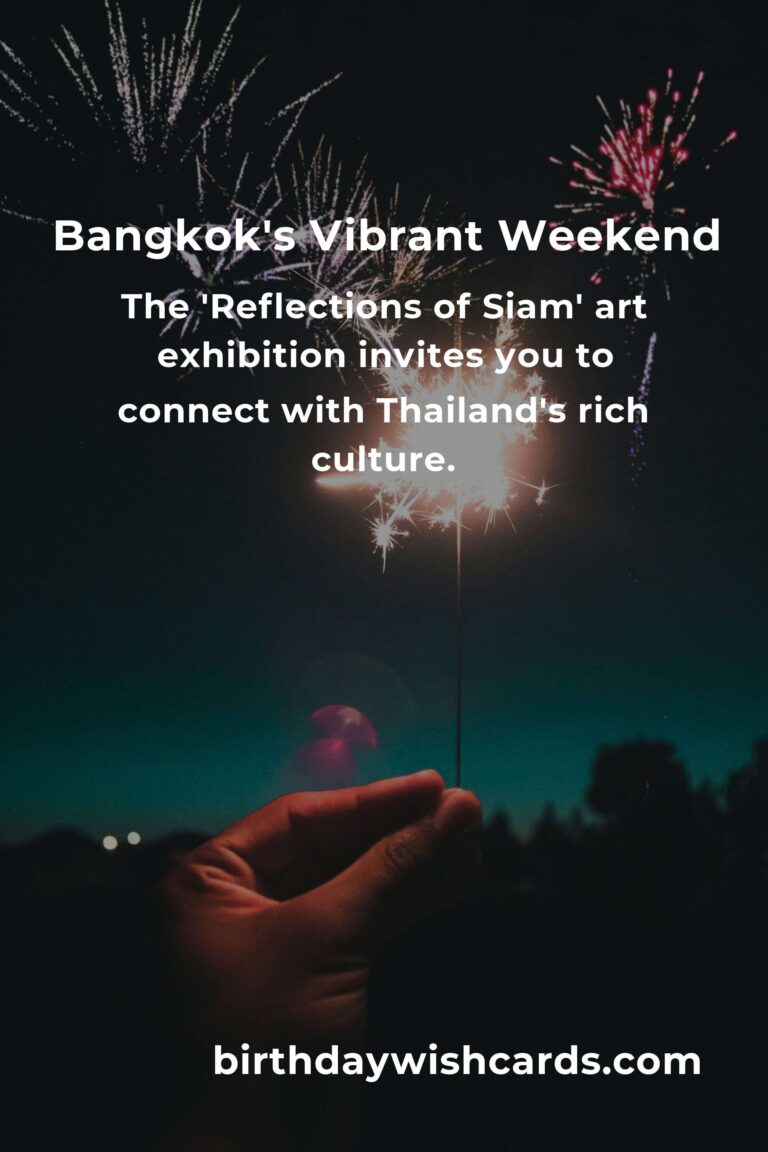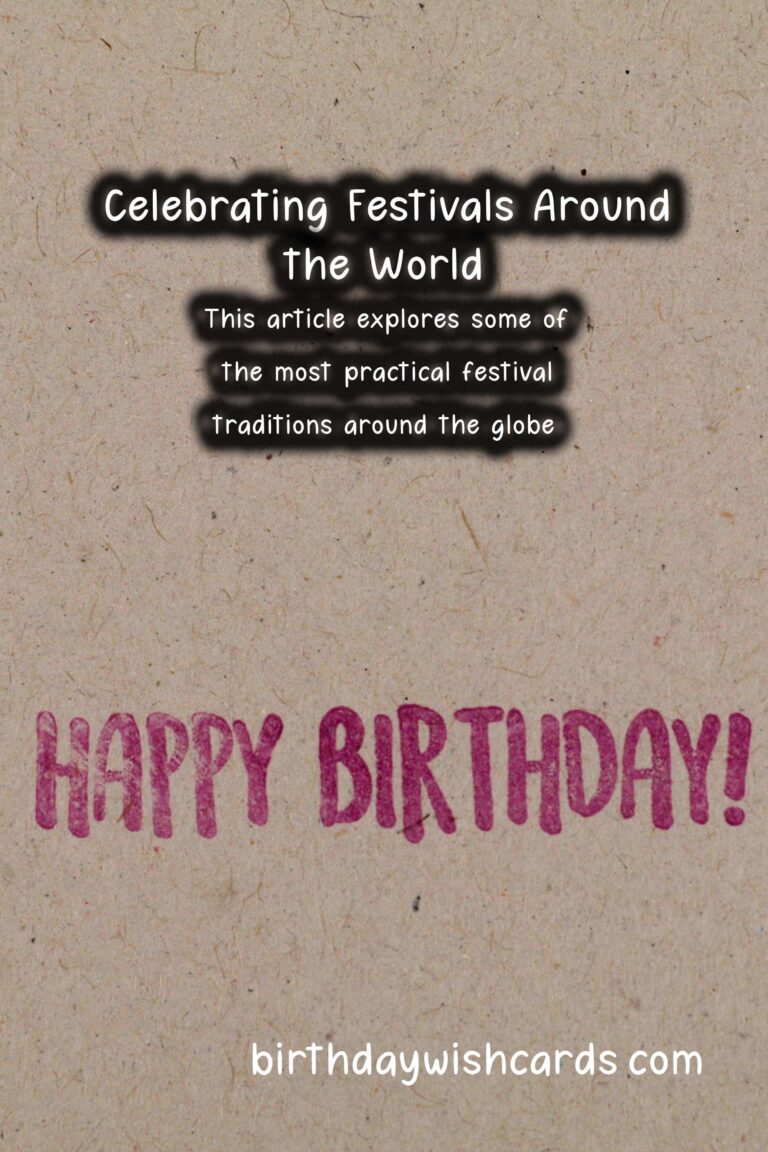
Festivals are a brilliant way to celebrate culture, community, and creativity. Throughout history, various cultures have created unique celebrations that resonate with their traditions and values. This article explores some of the most practical festival traditions around the globe, showcasing how they can inspire joy and connection in our lives.
1. Diwali – The Festival of Lights (India)
Diwali, known as the Festival of Lights, is celebrated by millions across India and around the world. This festival symbolizes the victory of light over darkness and good over evil. During Diwali, families light oil lamps, decorate their homes, and share sweets with neighbors.
This festival promotes community bonding and encourages the practice of generosity. People visit each other’s homes, exchange gifts, and engage in communal feasts, creating a vibrant atmosphere of togetherness.
2. Carnaval – A Colorful Explosion (Brazil)
Carnaval in Brazil is one of the most famous festivals worldwide, characterized by its parades filled with samba dancers, extravagant costumes, and lively music. The festival typically takes place in February or March, leading up to Lent.
Carnaval celebrates freedom of expression and cultural diversity, featuring local traditions and showcasing the creativity of the Brazilian people. It brings communities together, fostering a sense of belonging and unity.
3. Midsummer – A Celebration of Sun and Harvest (Sweden)
Midsummer is celebrated in Sweden with a focus on summer and harvest rituals. The festival occurs near the summer solstice and involves dancing around a maypole, singing traditional songs, and enjoying traditional food like herring and new potatoes.
Practicing Midsummer traditions encourages people to appreciate nature and cultivate a connection to their agricultural roots. Families gather to celebrate, enjoy the long daylight hours, and strengthen their bonds.
4. Oktoberfest – The World’s Largest Beer Festival (Germany)
Oktoberfest, held annually in Munich, Germany, is the world’s largest beer festival. It began in 1810 as a royal wedding celebration, and now it attracts millions of visitors worldwide who come to enjoy traditional German food, music, and, of course, beer.
Oktoberfest embodies the spirit of festivity, encouraging people to relax, socialize, and revel in joyful experiences. The sense of community is palpable as people from various backgrounds come together under the festive tents.
5. La Tomatina – The Tomato Fight Festival (Spain)
La Tomatina, held in Buñol, Spain, is a unique festival where participants throw tomatoes at each other in a fun and messy battle. This event takes place on the last Wednesday of August and has become a popular tourist attraction.
Beyond the playful chaos, La Tomatina promotes camaraderie as locals and visitors alike participate in this light-hearted tradition. It emphasizes fun over competition, fostering a love for playful interaction.
6. Holi – The Festival of Colors (India)
Holi, the Festival of Colors, celebrates the arrival of spring in India. People come together to throw colored powders at each other, dance, and enjoy festive foods. This celebration signifies the triumph of love, spring, and joy.
Holi encourages the breaking down of barriers and fosters unity among participants. It’s an excellent reminder to embrace diversity and celebrate the beauty of life.
7. Thanksgiving – Gratitude and Togetherness (USA)
Thanksgiving in the United States is a holiday focused on gratitude, where families and friends gather to share a meal, typically featuring turkey, stuffing, and pumpkin pie. The holiday encourages reflection on what one is thankful for and promotes kindness within communities.
The essence of Thanksgiving is about connection and sharing, reminding us to appreciate our relationships and the blessings we have in our lives.
8. Lantern Festival – A Celebration of Reunion (China)
The Lantern Festival marks the end of the Chinese New Year celebrations. Families gather to enjoy tangyuan (sweet rice balls) and light decorative lanterns that symbolize hope and reunion. This festival involves solving riddles written on lanterns and enjoying vibrant displays.
It serves as a way to strengthen family ties and community bonds. The beauty of the lanterns shining in the night sky creates a magical atmosphere that brings joy to participants.
9. Songkran – Thai New Year Water Festival (Thailand)
Songkran is the traditional Thai New Year festival celebrated in April. The festival is famous for its water fights, as people splash water on one another to symbolize the washing away of sins and bad luck.
This tradition promotes fun and playfulness while fostering a spirit of renewal and cleansing among participants. It’s a chance for people to come together in a joyful celebration.
10. Up Helly Aa – A Viking Fire Festival (Scotland)
Up Helly Aa is a fire festival held in Lerwick, Scotland, celebrating the Viking heritage of the Shetland Islands. Participants dress in Viking costumes and march through the streets, culminating in the burning of a Viking longship.
This festival is a profound expression of local culture, encouraging community participation and pride in history. It highlights the joyous spirit of revelry and togetherness.
Conclusion
Festival traditions around the world offer a beautiful glimpse into the rich tapestry of human culture. They not only serve as a way to celebrate but also bring people closer together, fostering understanding and joy. Whether it’s through the lively parades of Carnaval or the serene lighting of diya during Diwali, these practical traditions invite everyone to join in the celebration.
As we share these practices, we can create our own traditions that expand upon the themes of community, gratitude, and joy. So, let’s embrace these wonderful festival traditions and continue to make our lives a vibrant celebration.
Festivals are a brilliant way to celebrate culture, community, and creativity. This article explores some of the most practical festival traditions around the globe. 

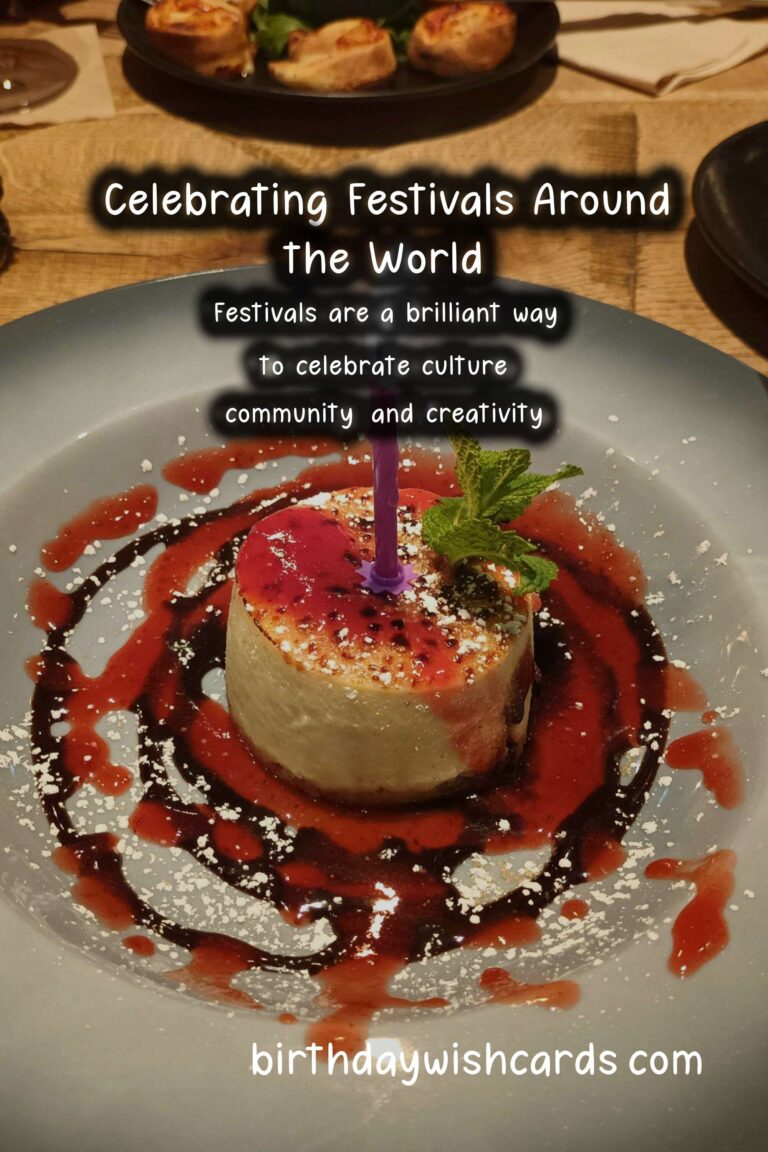
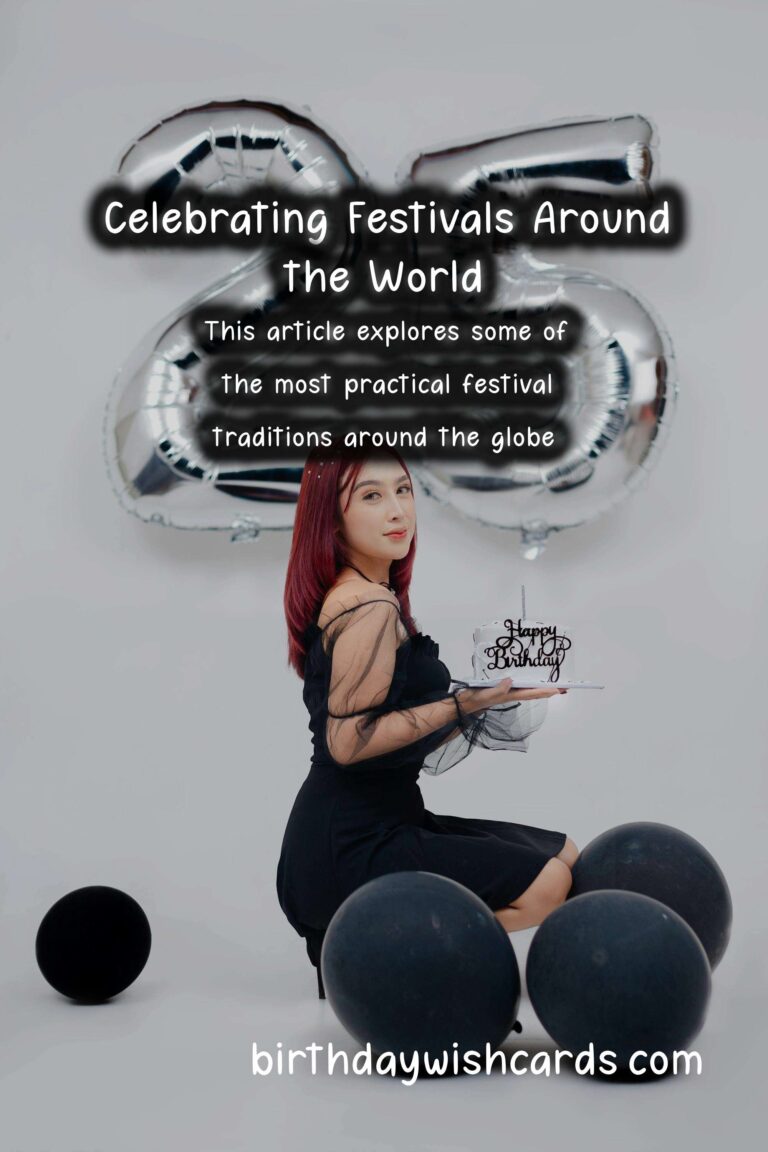
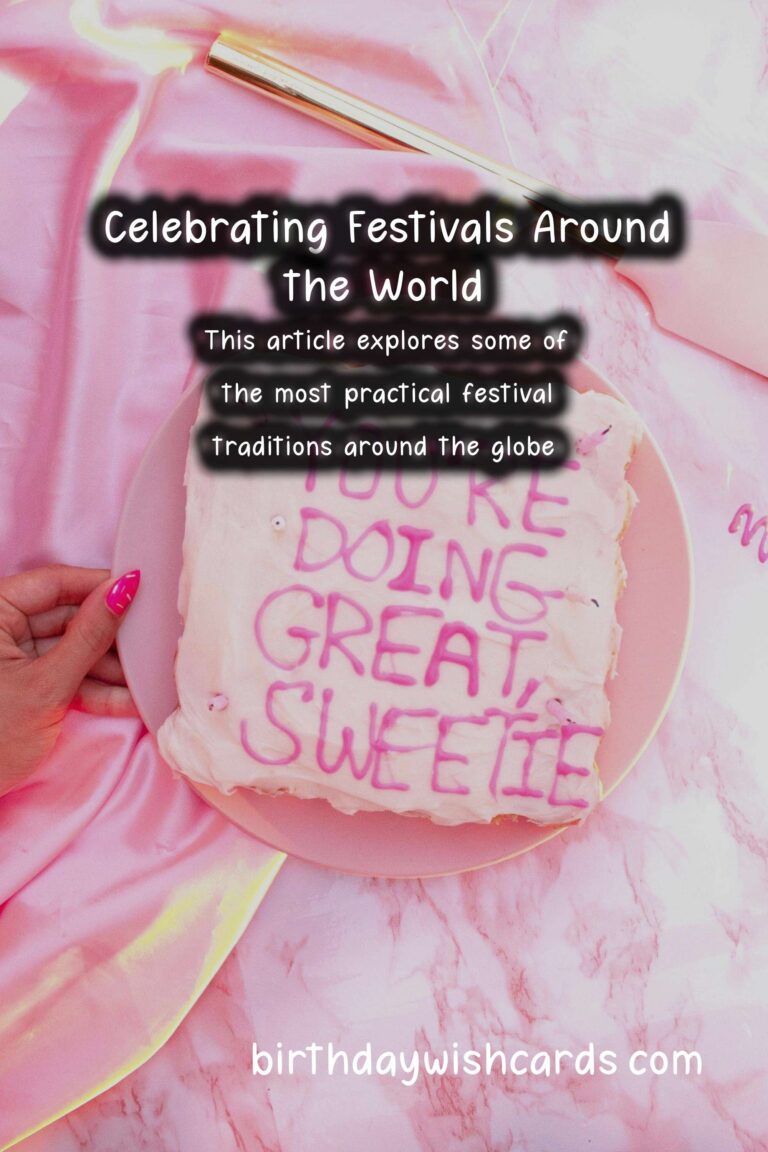
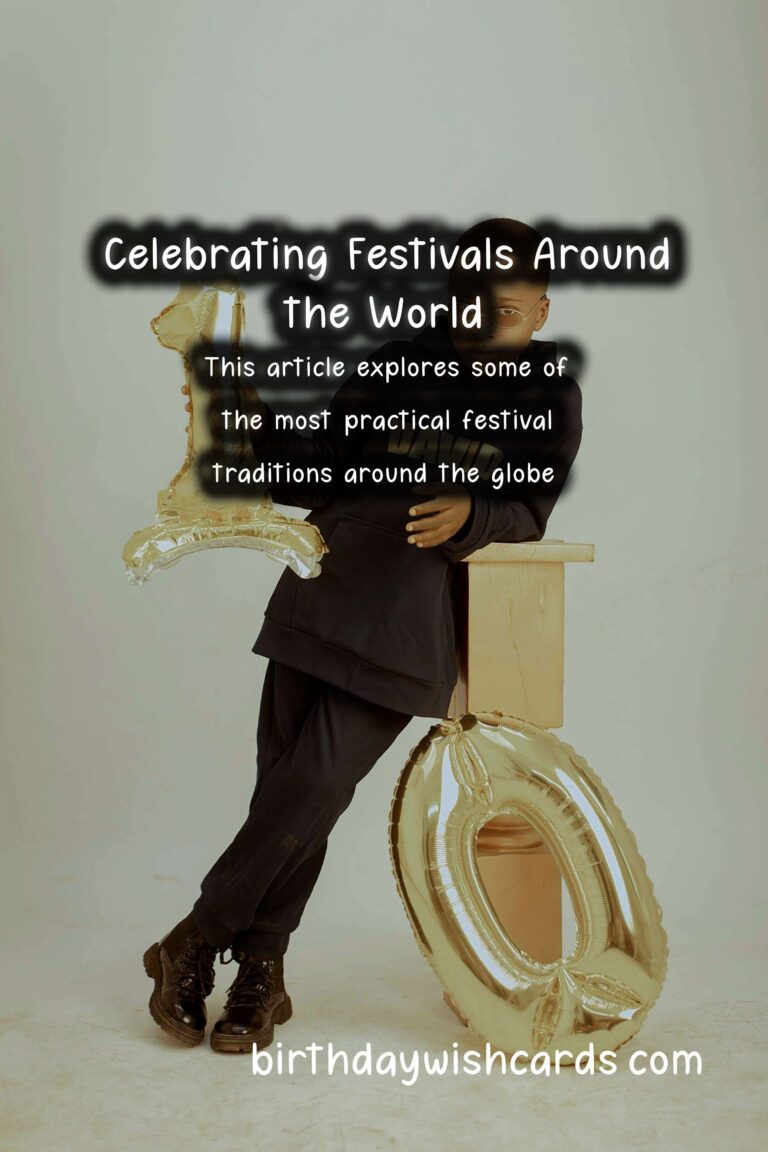
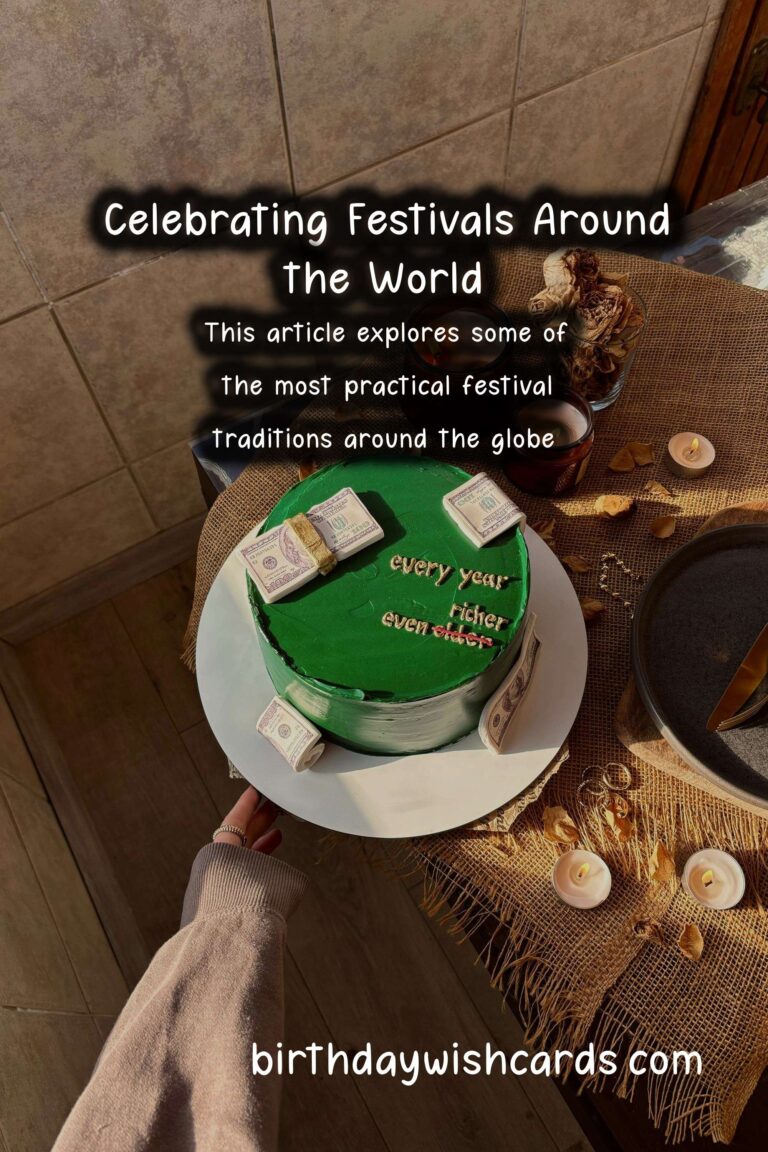
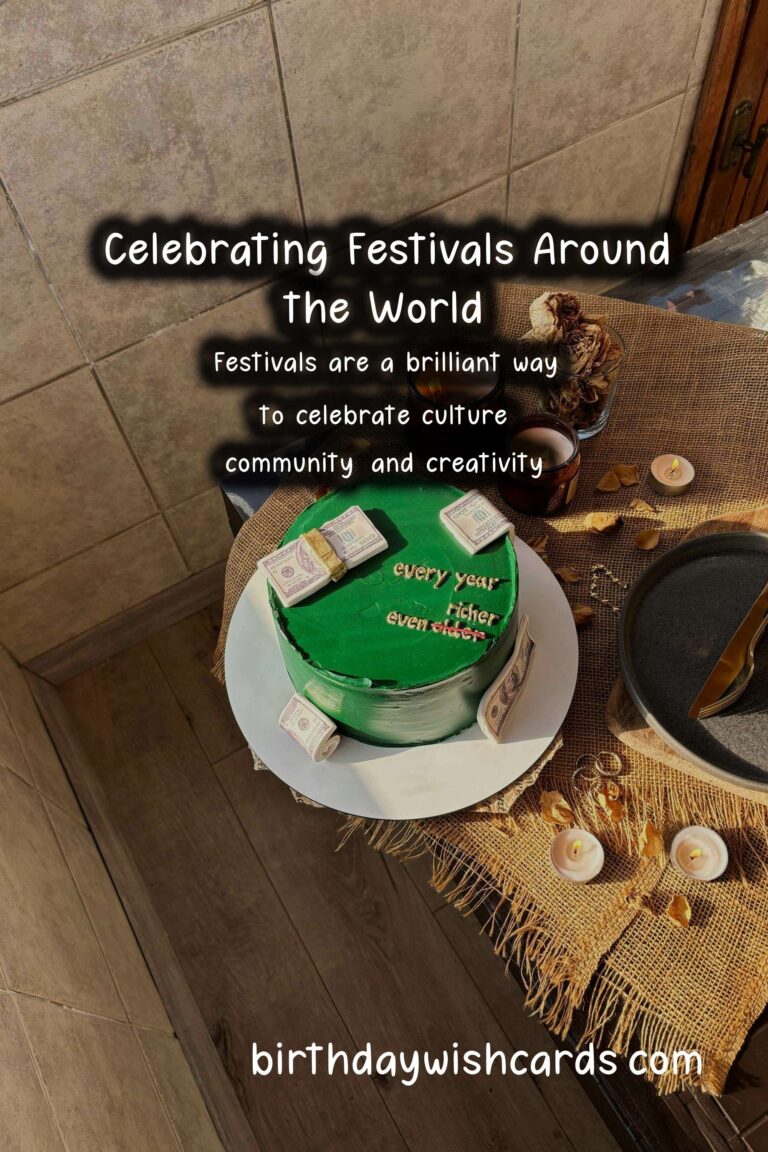
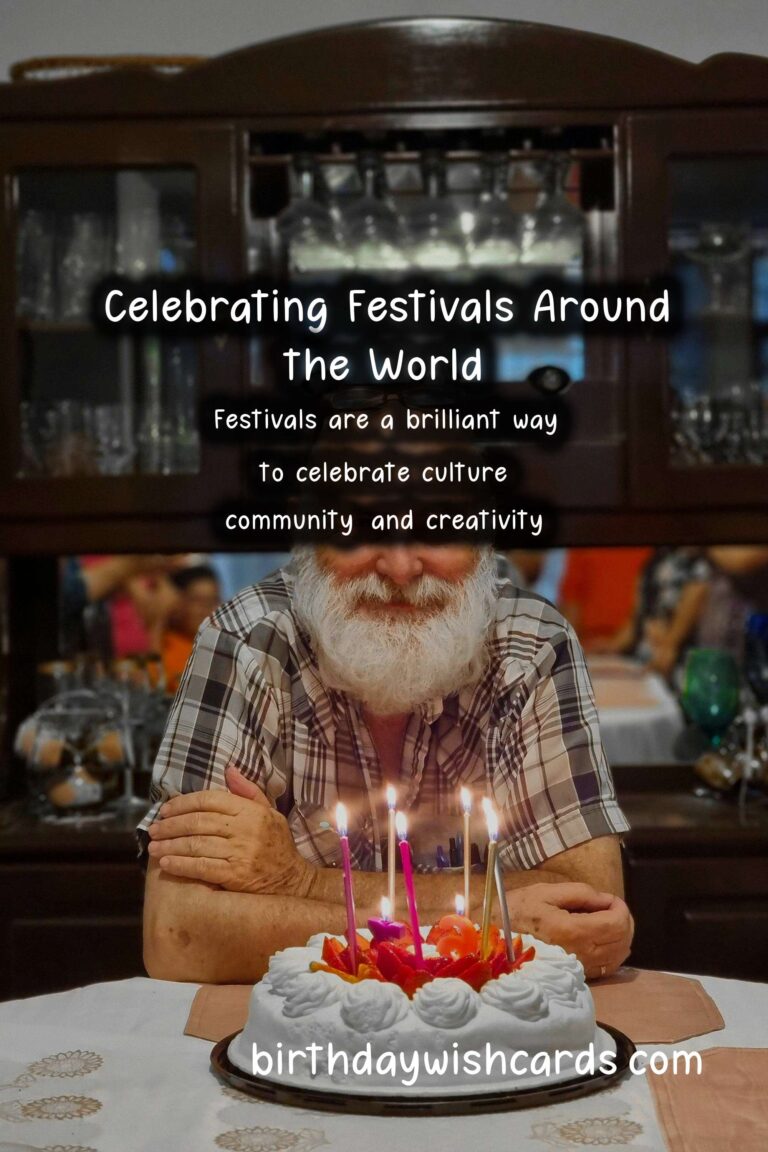
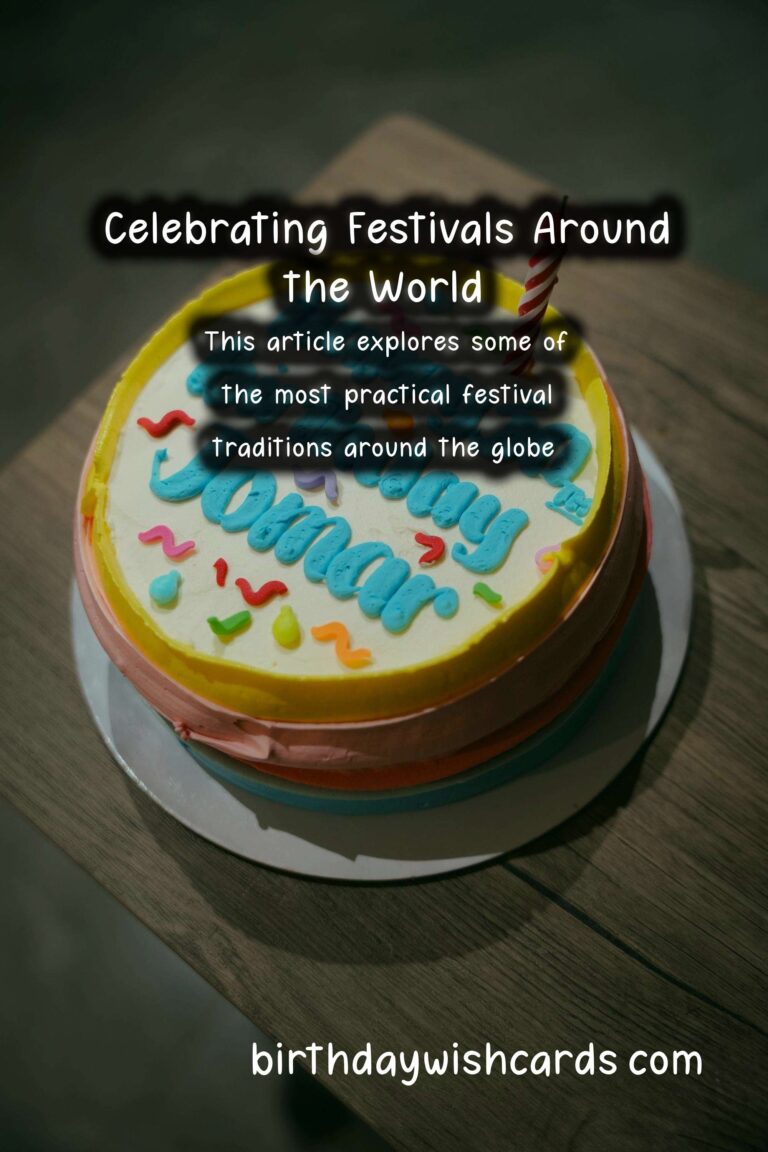
#Festivals #CulturalTraditions #CelebrateTogether


